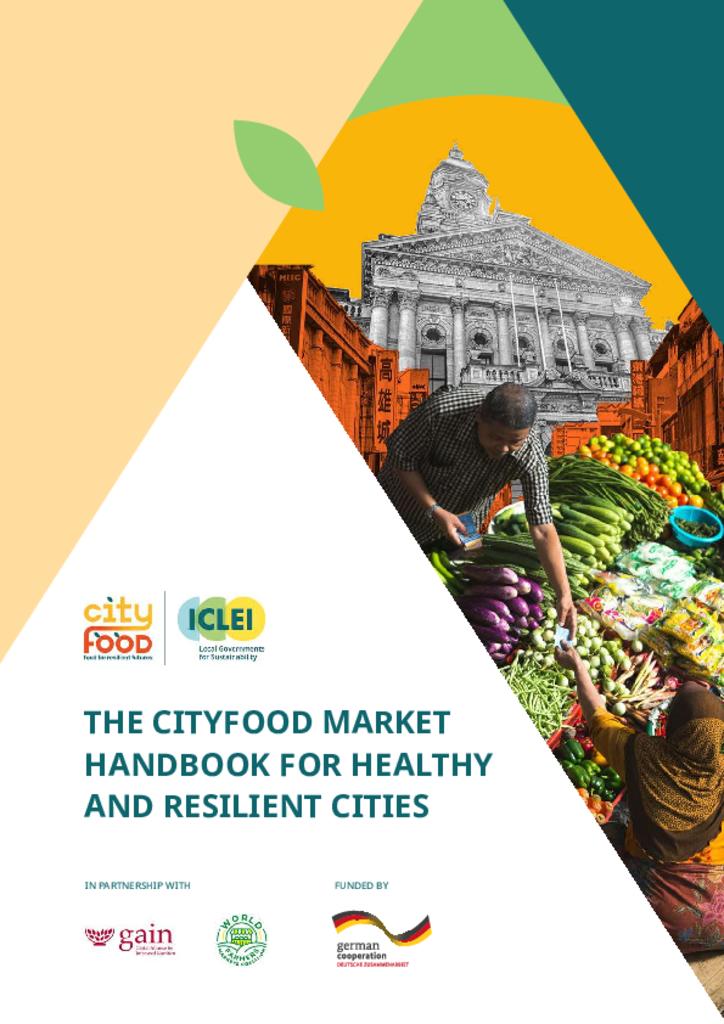As cities around the world grapple with rising food insecurity, climate pressures, and deepening inequalities, food markets play a critical role in building healthier, more equitable, and climate-resilient urban food systems.
With 16 real-world case studies from cities across Africa, Asia, Europe, and the Americas, the handbook offers concrete examples of how markets can be reimagined as inclusive, sustainable, and people-centered spaces, showcasing how food is accessed, consumed, and valued in cities.
At the core of the handbook is the CityFood Market Action Framework, which provides a structured approach to transforming food markets in cities through four strategic pillars built upon the 16 featured city case studies:
- Policy & governance – Integrating markets into urban planning and fostering collaboration across sectors.
- Market infrastructure – Improving both physical and digital infrastructure to enhance food safety and reduce waste:
- Funding & incentives – Mobilizing financial resources to support vendors, promote local produce, and attract consumer engagement.
- Capacity building & awareness – Empowering communities through education and participation to drive behavioral change.
While primarily designed for local governments, the Handbook is equally relevant to businesses, researchers, civil society and non-governmental organizations, and community members.
The Handbook offers actionable insights on markets’ management, infrastructure, hygiene standards, and services that shape different food market environments — highlighting how these factors impact food security and the livelihoods of market actors. The focus is on publicly managed markets that operate regularly, whether daily, weekly, or monthly.
